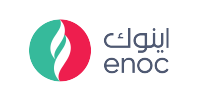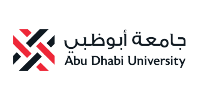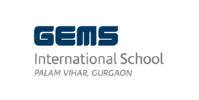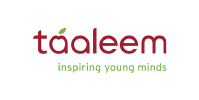Educational institutions in the United Arab Emirates (UAE) have been at the forefront of progress and innovation. However, the pursuit of excellence often comes with its own set of challenges. In this article, we will explore the current challenges faced by educational institutes in the UAE regarding laboratory furnishings, supported by factual statistics.
Laboratories are the heart of scientific education and research. They provide students with hands-on learning experiences and serve as hubs for cutting-edge research. In the UAE, where the education sector has seen remarkable growth, ensuring well-equipped and state-of-the-art laboratories is essential for fostering academic excellence.

Challenge 1: Rapid Expansion of Educational Institutions Statistical Insight: According to data from the UAE Ministry of Education, the number of private schools in the country increased by approximately 28% between 2016 and 2020. Additionally, the number of students in private schools grew by 16% during the same period. One of the significant challenges faced by educational institutes in the UAE is the rapid expansion of the sector. The increasing number of schools and universities has put immense pressure on the procurement and installation of laboratory furnishings. Ensuring that all these institutions have access to high-quality lab furniture has become a logistical challenge.
Challenge 2: Budget Constraints Statistical Insight: Data from the UAE's General Budget Statistics reports that in recent years, the government's expenditure on education as a percentage of total expenditure has hovered around 20%, reflecting a commitment to education. While the government is committed to education, budget constraints remain a challenge. Educational institutions, especially private ones, often have limited budgets for laboratory furnishings. Balancing the need for modern and efficient lab equipment with budgetary constraints can be a daunting task.
Challenge 3: Technology Integration Statistical Insight: According to the "UAE ICT Landscape Report" by the Telecommunications Regulatory Authority (TRA), the UAE has witnessed significant growth in the use of technology in education. In 2020, the percentage of schools with Wi-Fi connectivity stood at 100%. The integration of technology into education is a trend that is rapidly evolving in the UAE. Laboratories need to accommodate advanced digital tools and equipment. Keeping pace with the latest technology while ensuring compatibility with existing furnishings presents a challenge for educational institutions.
Challenge 4: Sustainability and Safety Compliance Statistical Insight: The UAE has set ambitious sustainability goals. The "UAE State of Green Economy Report 2021" states that the country aims to achieve a 70% reduction in carbon emissions by 2050. Promoting sustainability and ensuring safety compliance in laboratory furnishings is another challenge. Educational institutes in the UAE are increasingly looking for eco-friendly and safe lab furniture solutions. Meeting these standards while staying within budget can be a complex task.
Challenge 5: Adaptation to Research Needs Statistical Insight: The UAE's research sector has been growing steadily. In 2019, the country's spending on research and development (R&D) was approximately 1.2% of its GDP, according to data from the World Bank. Research-oriented laboratories require furnishings that can adapt to various scientific disciplines and research needs. Ensuring that laboratory furniture is versatile and can support a wide range of experiments and research projects is a challenge that educational institutes face.
In the pursuit of educational excellence, educational institutes in the UAE are confronted with various challenges related to laboratory furnishings. These include managing rapid expansion, budget constraints, technology integration, sustainability and safety compliance, and the need for versatile furnishings to adapt to evolving research requirements. While these challenges are substantial, they are not insurmountable. Government support, private sector partnerships, and a commitment to quality education are driving forces that can help educational institutions overcome these challenges. As the UAE continues its investment in education and research, addressing these challenges will be essential to providing students with world-class laboratory facilities and ensuring the country's continued growth and development.
 504-882-0554
504-882-0554
 WorkBenches
WorkBenches 







